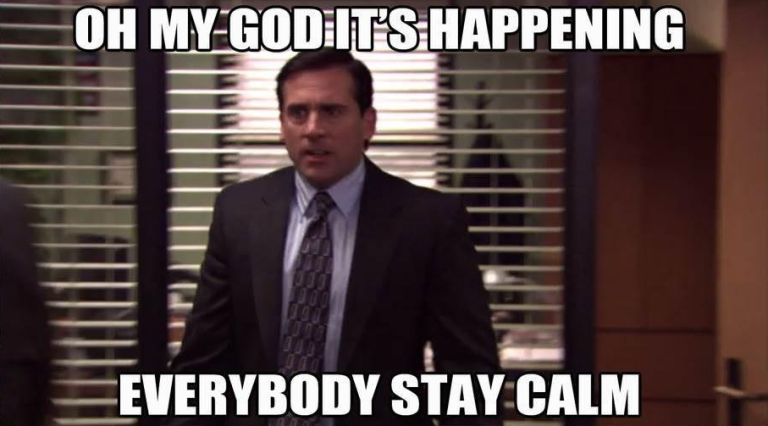The following commentary was adapted from De Novo Capital LLC’s letter to investors:
Since the Federal Reserve started raising interest rates to fight inflation, investors have been waiting for something to break. Rapid rate hikes are expected to cause some sort of dislocation in the economy, and perhaps (or even likely) a recession. Yet as rates have continued to rise, the economy has been resilient outside of a slowdown in the tech sector. Employment has stayed strong, the consumer is spending, and the housing market has been solid, although with some softening. Finally, last month the first crisis of the hiking cycle emerged with the failure of Silicon Valley Bank.

Silicon Valley Bank’s failure was a direct consequence of Fed policy. SVB saw significant growth in deposits over the past few years and used these funds to make large investments in long-term bonds at interest rate lows. This proved to be a poor decision because as the Fed raised rates, these bonds lost value. At the same time, SVB saw a reduction in deposits caused by weakness in the tech sector, forcing SVB to sell some of their investments to fund withdrawals. These sales turned SVB’s paper losses into real ones, and because SVB’s remaining investments had similarly lost value, their equity was eroding.
SVB should have been able to address the problem by raising additional equity. Although their stock price would have taken a hit, the equity raise would have bolstered the bank’s balance sheet and depositor money would be safe. Unfortunately, news of the equity raise spooked customers, who were primarily venture capitalists and their portfolio companies. The venture capitalists rushed to withdraw their money and encouraged their portfolio companies and peers to do the same. The result was an old-fashioned bank run – perhaps the fastest bank run in history – as customer deposits evaporated in the span of hours.
The bank run quickly spread to other regional banks believed to have weakening equity positions or skittish depositor bases. One other large bank failed in the aftermath, and the Fed and Treasury acted quickly to protect deposits and shore up bank balance sheets to reassure the public. Things seem calmer for the moment, although some regional banks are still under pressure.
It is unclear whether this is the start of a new banking crisis or a short-term problem that is mostly behind us. Many investors have declared the crisis over and the stock market has moved higher. Regardless of whether this problem has passed, the episode shows just how apprehensive everyone is about the economy during this rate-hike cycle. Bank runs like SVB do not happen when times are good and people are confident. Market and economic jitters lead investors to act quickly to protect their assets. If others are heading for the exits, you better get out first, or so the thinking goes. This is our current investing environment, and we can expect it to continue for some time.
What is next is anyone’s guess, although I suspect this will not be the last thing the Fed breaks. The pressure on bank balance sheets alone will curtail lending and credit availability, which will slow the economy. Regardless of how it plays out, we are dealing with a market that is nervous and may overreact to the next real or perceived crisis. This means we should expect volatility to continue, with rallies perhaps short-lived and downward corrections quick and sharp.
The long-term strategy of finding great businesses at reasonable prices does not change, but we should be prepared for swings in the market, and take advantage of these movements when we can.